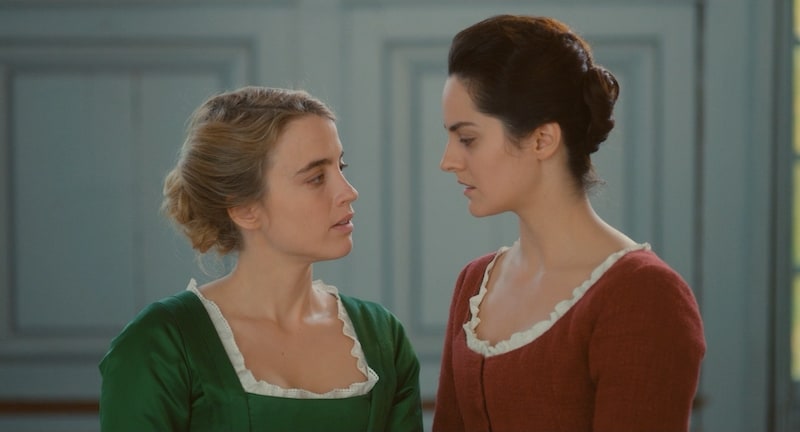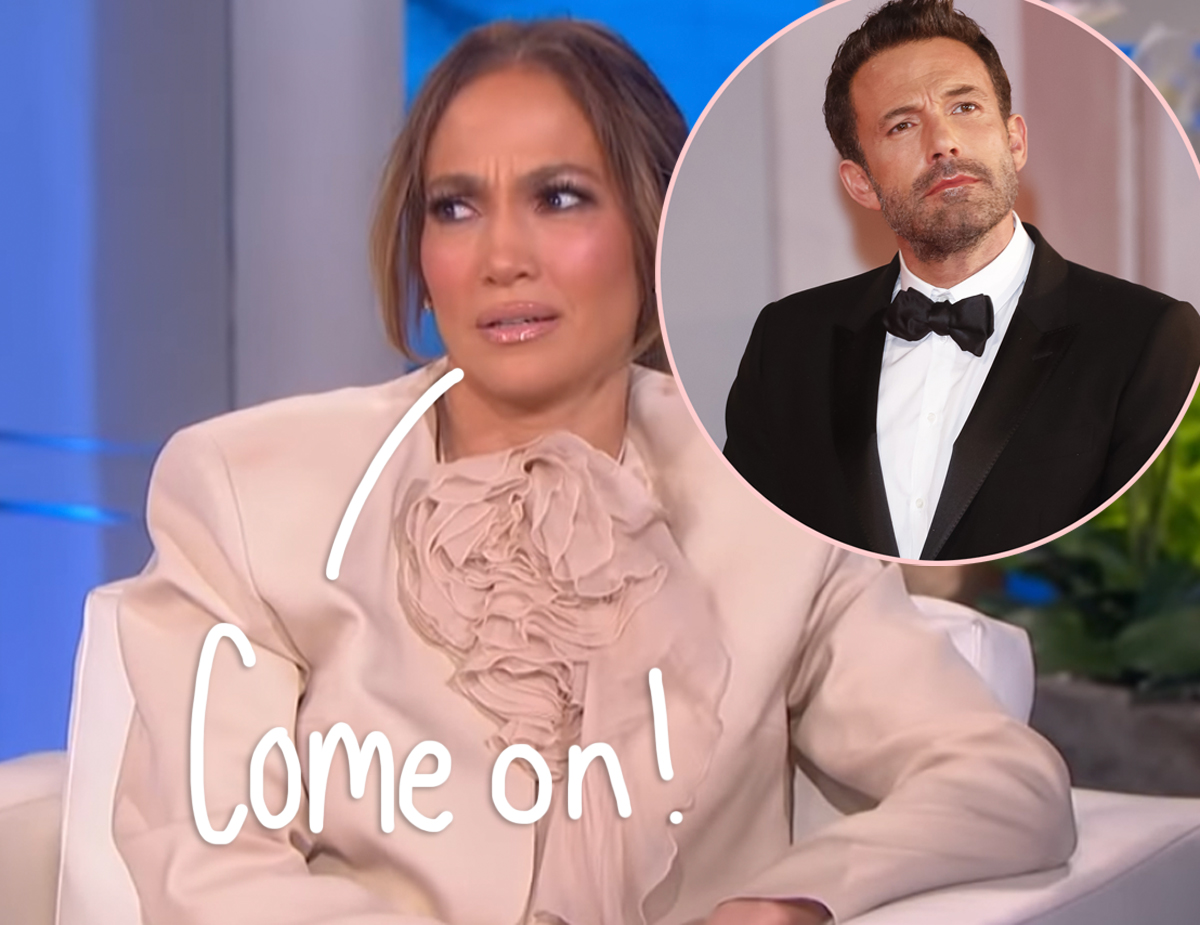#Visualizing the Turning Point of Portrait of a Lady on Fire

Table of Contents
“#Visualizing the Turning Point of Portrait of a Lady on Fire”
Welcome to The Queue — your daily distraction of curated video content sourced from across the web. Today, we’re watching a script breakdown of the pivotal scene from Portrait of a Lady on Fire where Héloïse agrees to let Marianne paint her.
At the midpoint of Portrait of a Lady on Fire, a psychological power struggle unfolds on either side on an easel. Unable to betray her friend Héloïse (Adèle Haenel), Marianne (Noémie Merlant) comes clean about her ulterior motive. Marianne has been hired to covertly paint Héloïse’s portrait, reconstructing her friend’s likeness from memory so that she can be married off, against her wishes. After destroying her completed portrait in solidarity, Marianne is shocked when Héloïse agrees to sit for a new painting.
And so, halfway through the film, the imbalanced dynamic between the two women takes literal shape, with Marianne, the observer, brush in hand, and Héloïse, the observed, costumed and posed. Only … it’s not that simple. Over the course of the deceptively simple scene, Marianne and Héloïse vie not for control, but for equal ground. Or, as writer-director Céline Sciamma puts it in the film’s director’s commentary: “it’s the scene which marks the shot/reverse shot dynamic of the film. What’s the power of the person who’s watching? Who is watching whom?”
The video essay below takes a closer look at how this subtle face-off unfolds in Portrait of a Lady on Fire‘s screenplay. Indeed, Sciamma’s script includes many of the layered cinematic techniques that underline the scene’s core thesis. Namely: a deconstruction of power, not to dominate, but to unlock the equality necessary to transform longing into love. From a fluid POV to purposeful framing, to inquisitive sound design, the interpersonal reversal that takes place between the two women unfolds visually, too, through the language of cinema, as spelled out in the film’s script.
Watch “How Good Filmmaking Brings a Script to Life“:
Who made “How Good Filmmaking Brings a Script to Life”?
This script analysis of Portrait of a Lady On Fire comes courtesy of Lessons From The Screenplay, a consistently insightful video essay channel created and run by Michael Tucker. Lessons From The Screenplay focuses on analyzing movie scripts to determine exactly how films tell effective stories. You can check out Lessons From The Screenplay’s YouTube channel here. And you can follow Tucker on Twitter here.
More Videos Like “How Good Filmmaking Brings a Script to Life”
If you liked the article, do not forget to share it with your friends. Follow us on Google News too, click on the star and choose us from your favorites.
For forums sites go to Forum.BuradaBiliyorum.Com
If you want to read more Like this articles, you can visit our Social Media category.




